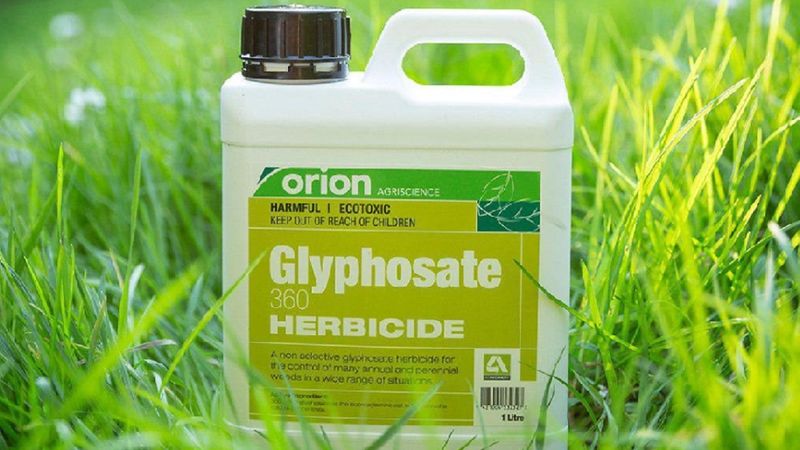U.S. researchers warn farmers to prepare for glyphosate shortage in 2022

University extension services across the United States are alerting farmers to a glyphosate shortage that is expected to worsen in 2022.
Glyphosate is the active ingredient in some common weed killers, including Roundup. According to USDA’s Economic Research Service, glyphosate has been the most widely used herbicide in the U.S. since 2001.
The shortage, extension specialists say, will challenge growers who rely on glyphosate, including those planting Roundup-ready crops, those who have no-till systems and those who use glyphosate to terminate cover crops.
“Farmers are worried about how this will impact them,” said Bill Johnson, a professor of botany and plant pathology at Purdue University.
Johnson has been surveying pesticide retailers about how much glyphosate they expect to have in stock next year. Some said they will only have 80% of their three-year average volume, others even less. Many retailers are only guaranteeing delivery to long-time customers, while others are regulating how many gallons per day a customer can buy.
The shorter supply means higher prices. Researchers estimate glyphosate prices increased from $10 per gallon a year and a half ago to $60 per gallon in 2021, and prices are expected to rise to $80 per gallon in 2022.
A constellation of factors is to blame for the shortage.
“It’s all over the board,” said Johnson.
Some factors are broad supply chain issues: clogged ports, too few containers, labor shortages, COVID-19 disruptions and reduced packaging supplies.
Other factors are specific to the industry.
China is the world’s No. 1 glyphosate supplier, exporting about 80% of its supply — and China’s industry has faced multiple challenges.
In 2020, floods hit one of China’s major glyphosate manufacturers, causing a significant supply gap.
New policies and restrictions in China, related to energy use and COVID, further slowed production.
In August of 2021, Bayer Crop Sciences, a major U.S. manufacturer, had to shut down its glyphosate-manufacturing plant in Luling, La., for five weeks after Hurricane Ida.
Finally, phosphate mining, a key part of production, has faced recent disruptions, and there’s a reduced supply of inert, or inactive, ingredients.
Johnson, of Purdue, advises farmers to take steps to prepare for the 2022 growing season.
First, he said, farmers should contact their supplier to find out what volume of each herbicide the supplier can guarantee.
For example, if the supplier can only guarantee 60% of the usual volume, the grower will need to plan ahead for the best, most targeted use.
Johnson said growers should also explore alternatives, which may mean moving to a tillage system or using targeted rather than broad-spectrum herbicides.
Although Johnson said the glyphosate shortage will be a challenge, he encourages growers to see the silver lining.
This crisis, he said, presents an opportunity for growers to learn, or re-learn, how to identify weeds and incorporate other control methods rather than relying on broad-spectrum products.
“The silver lining, from my perspective, is that we’ll become a lot more knowledgeable,” he said. “And inadvertently, we may also help slow down weed resistance to glyphosate.”
Johnson encourages farmers to create “plans B, C and D.”
Read also
Wheat in Southern Brazil Impacted by Dry Weather and Frosts
Oilseed Industry. Leaders and Strategies in the Times of a Great Change
Black Sea & Danube Region: Oilseed and Vegoil Markets Within Ongoing Transfor...
Serbia. The drought will cause extremely high losses for farmers this year
2023/24 Safrinha Corn in Brazil 91% Harvested
Write to us
Our manager will contact you soon



